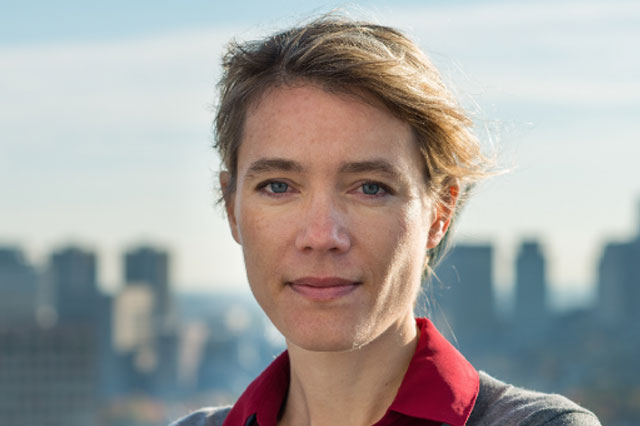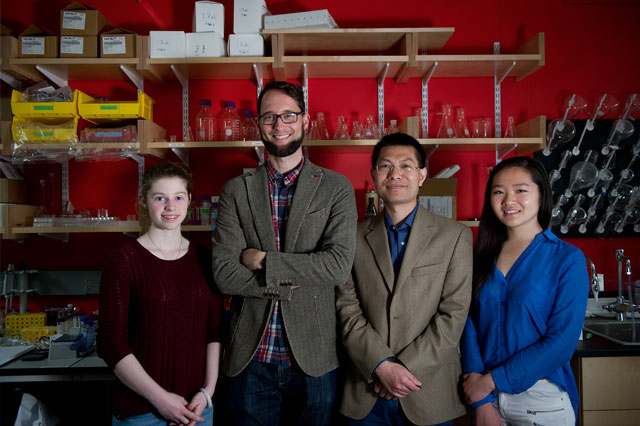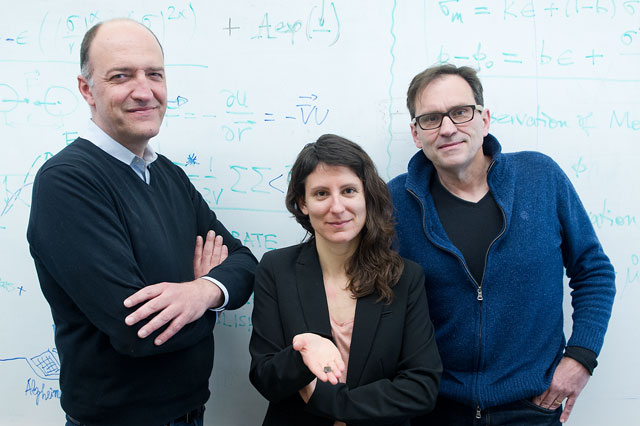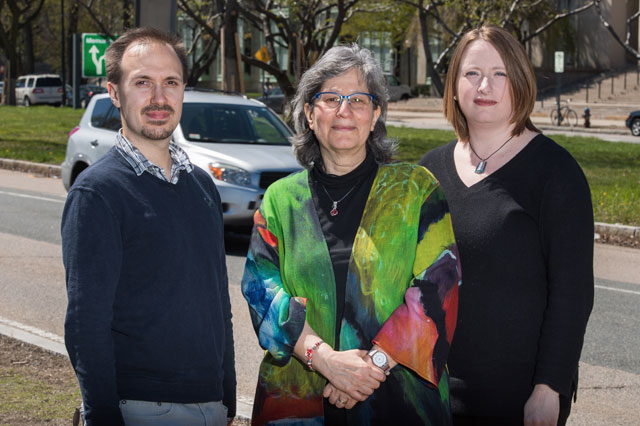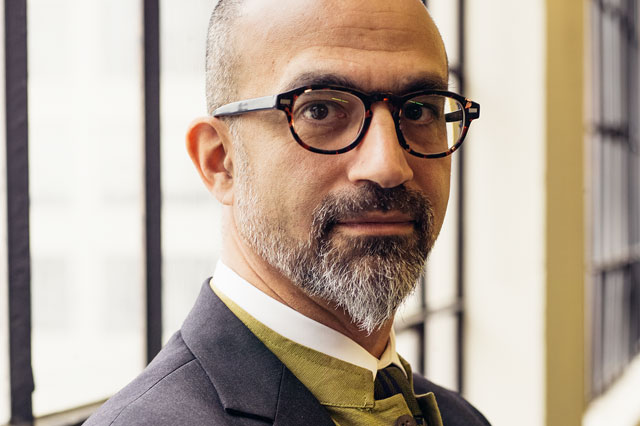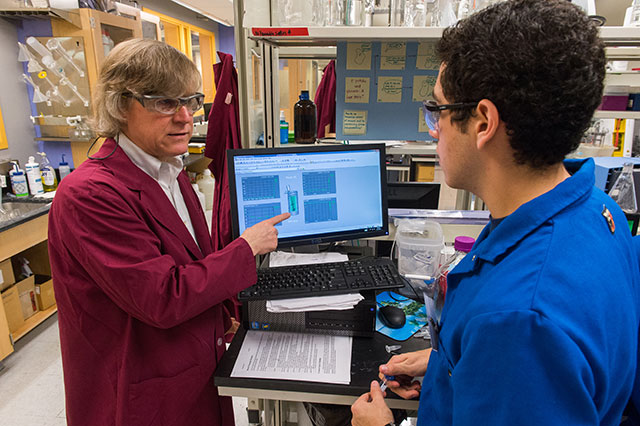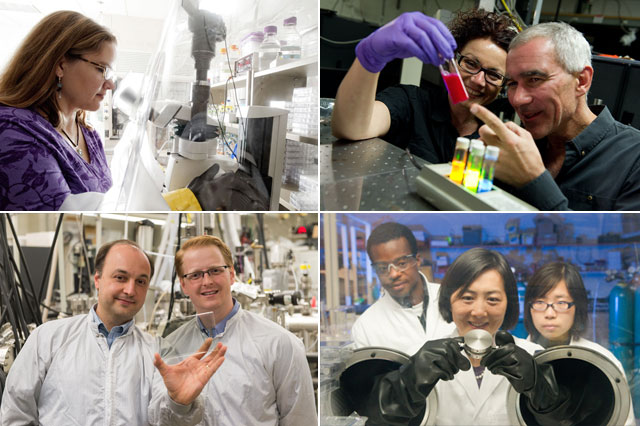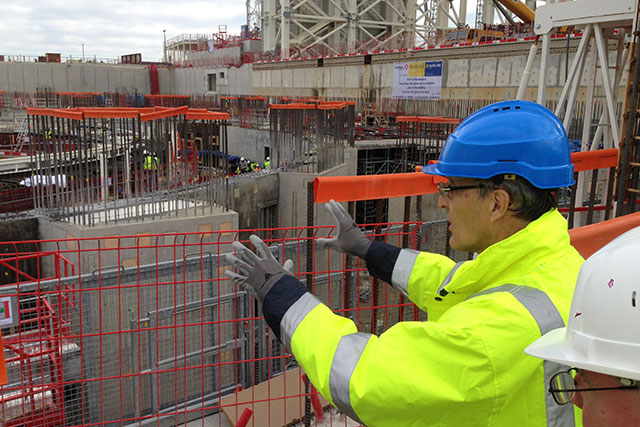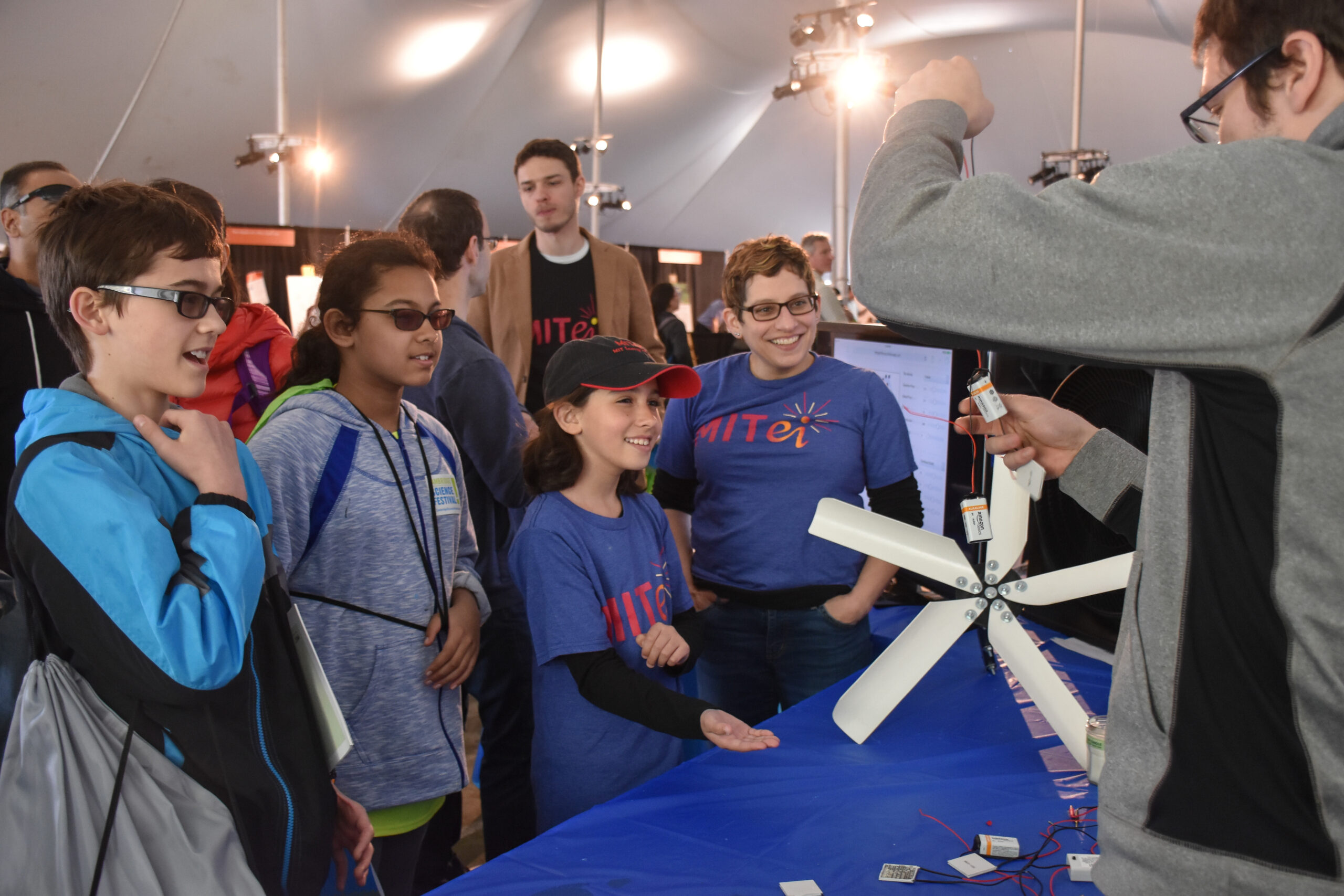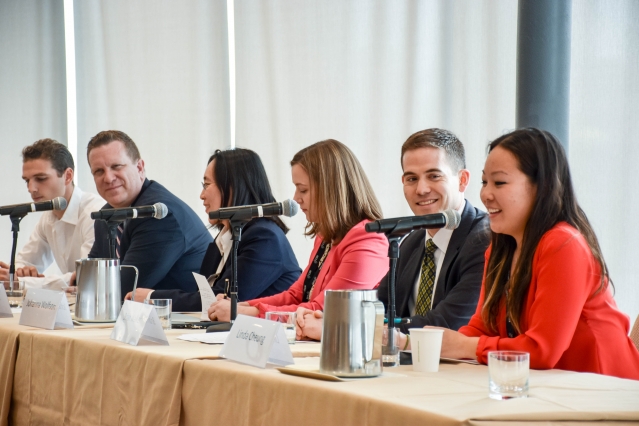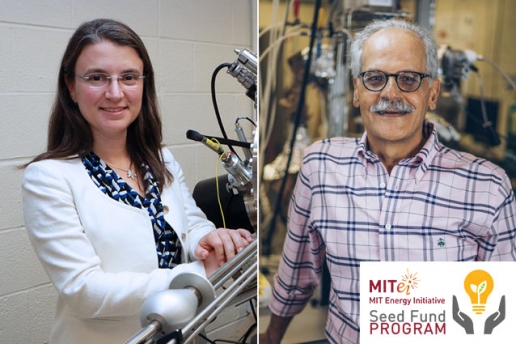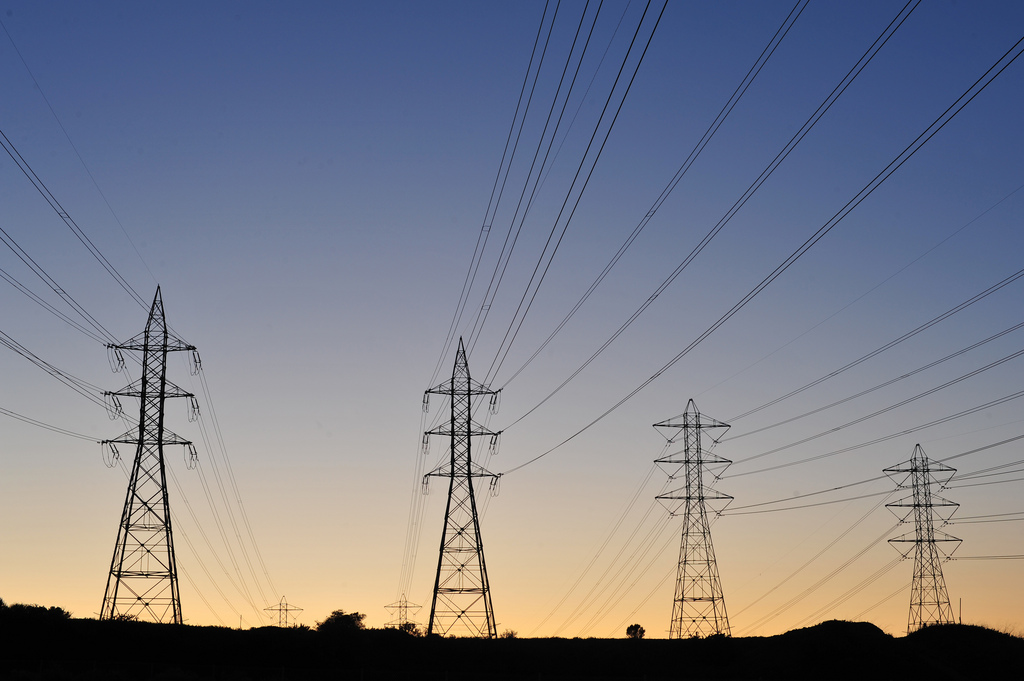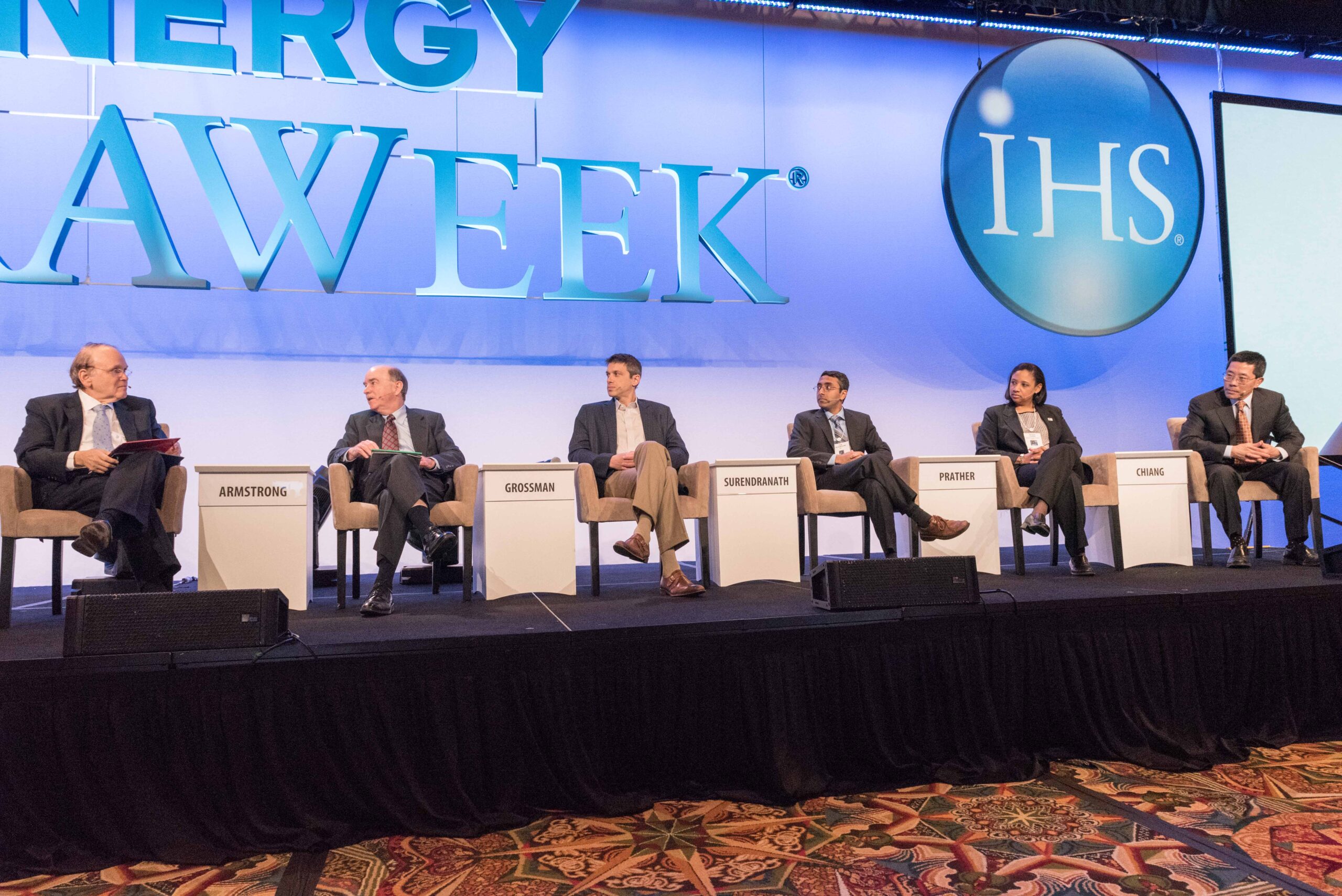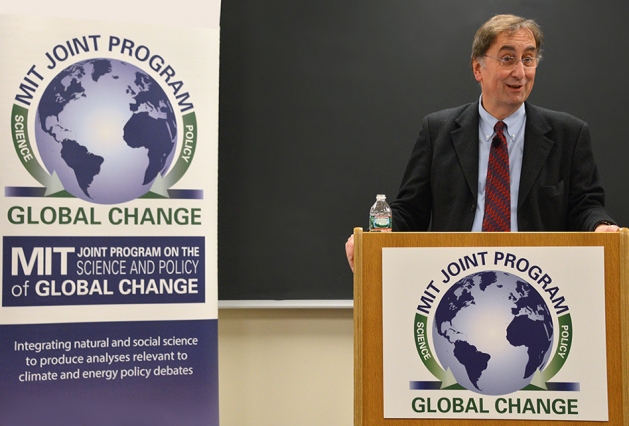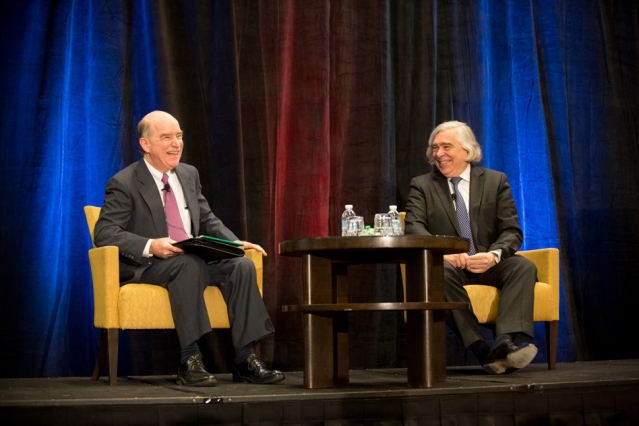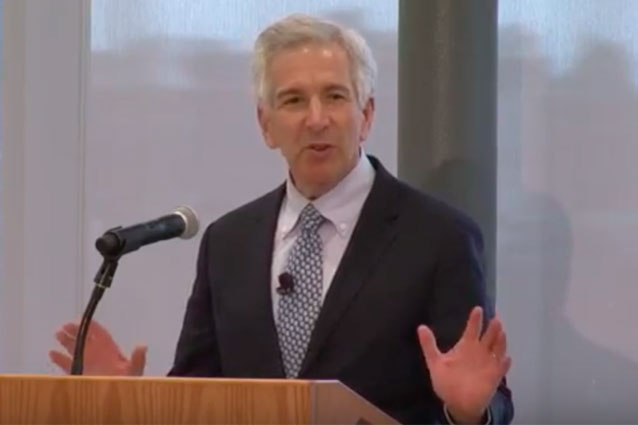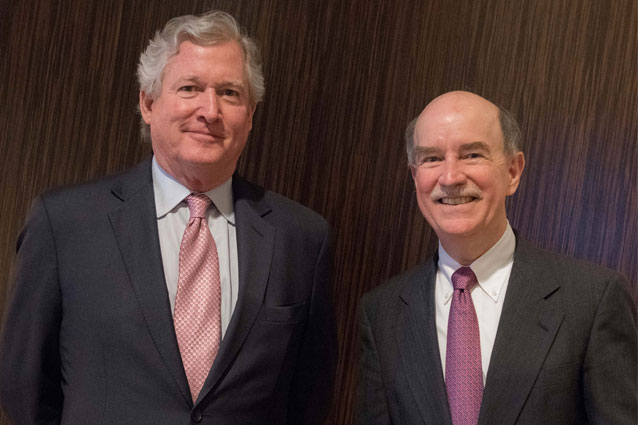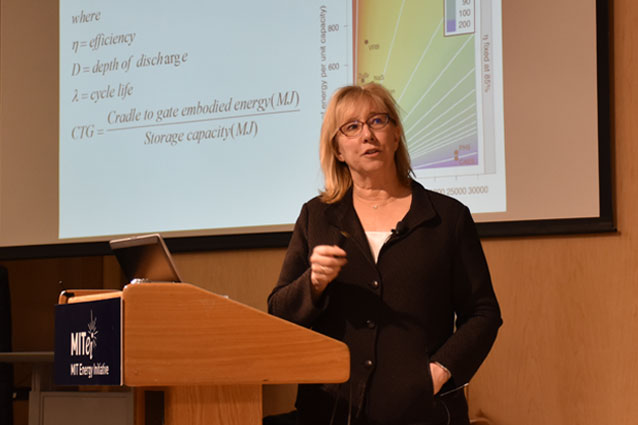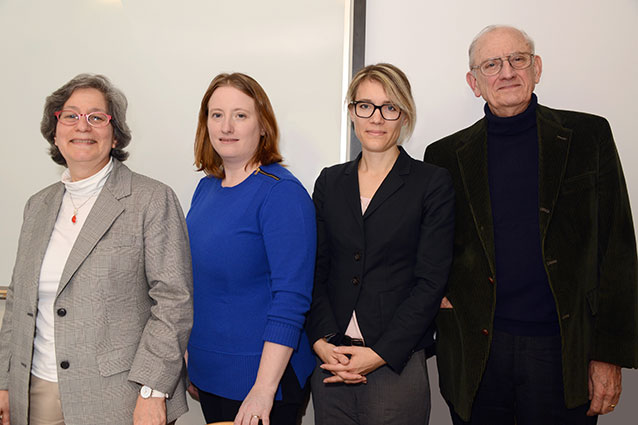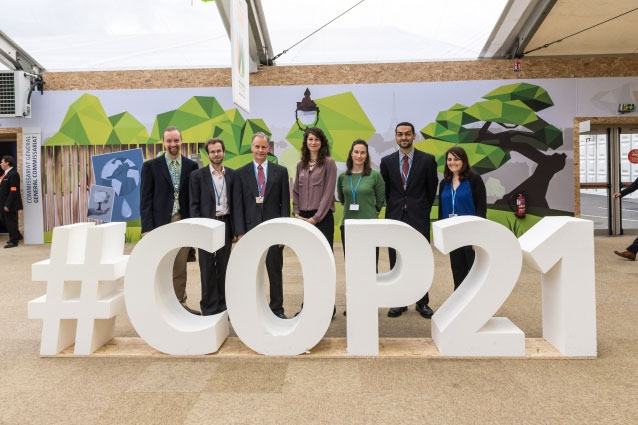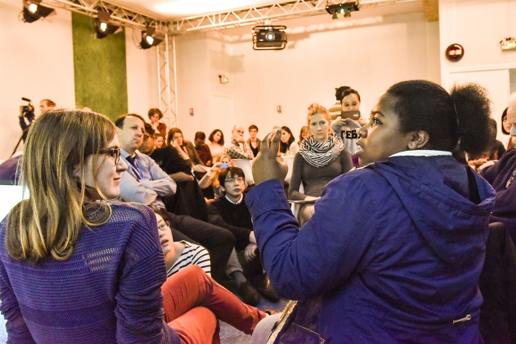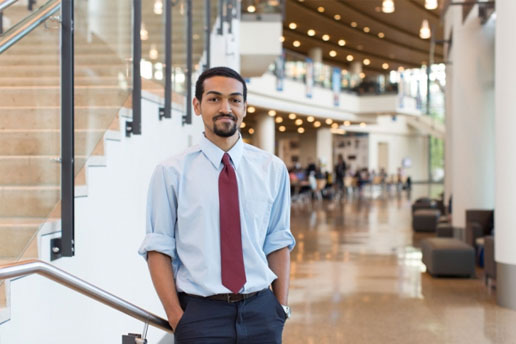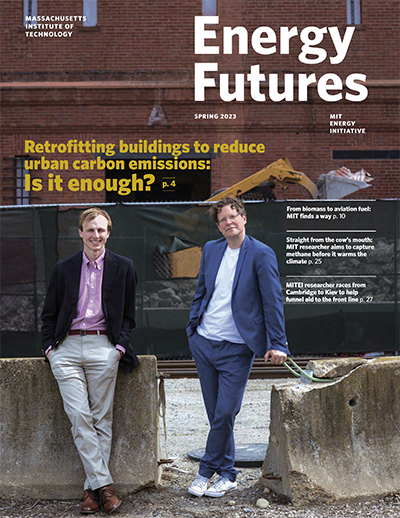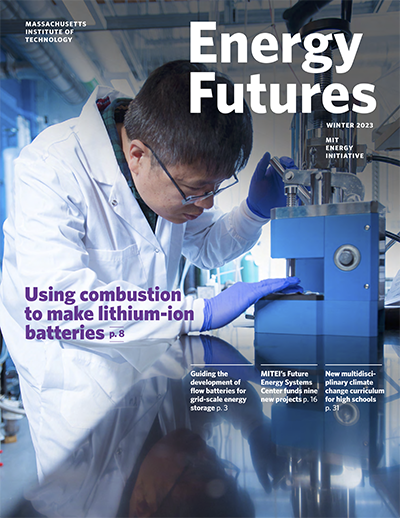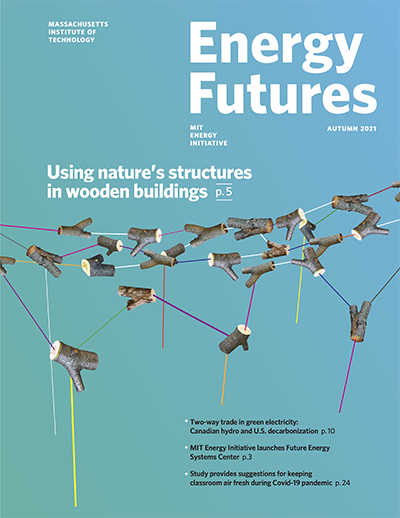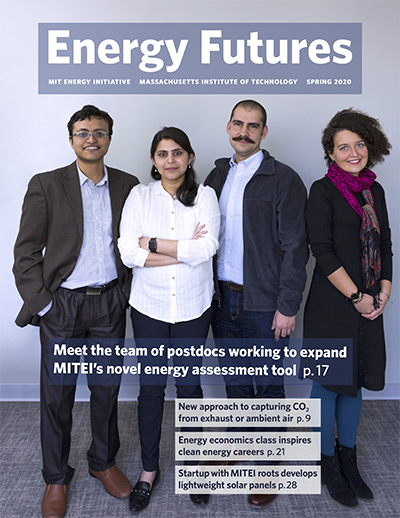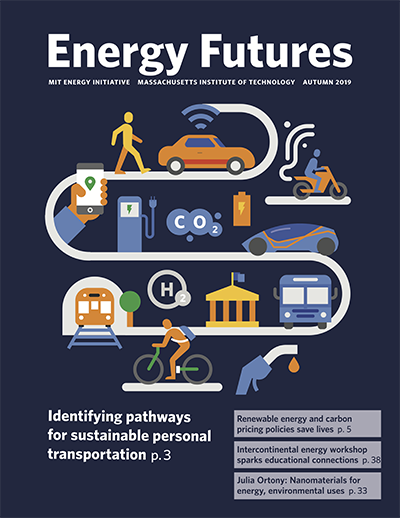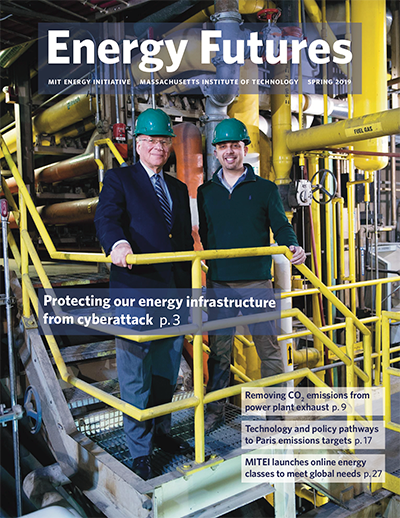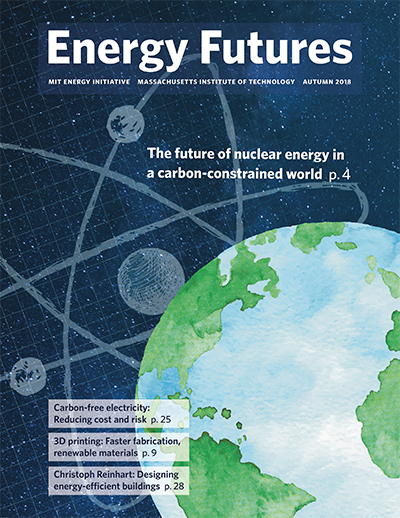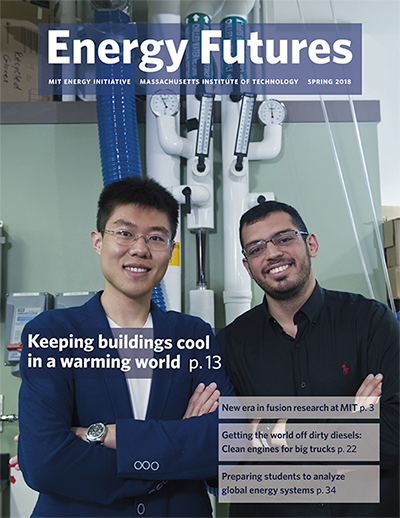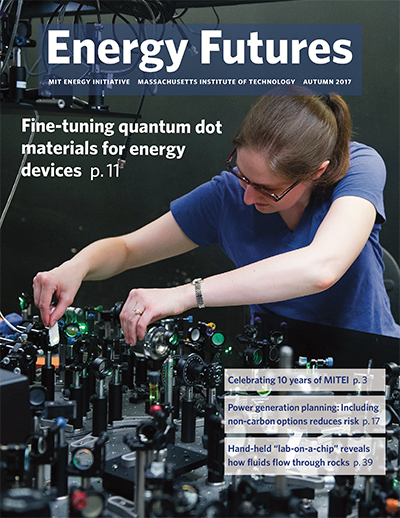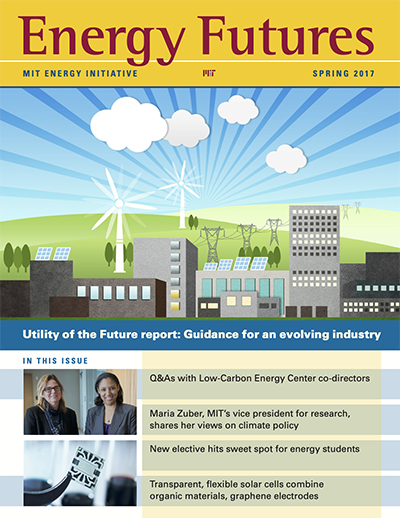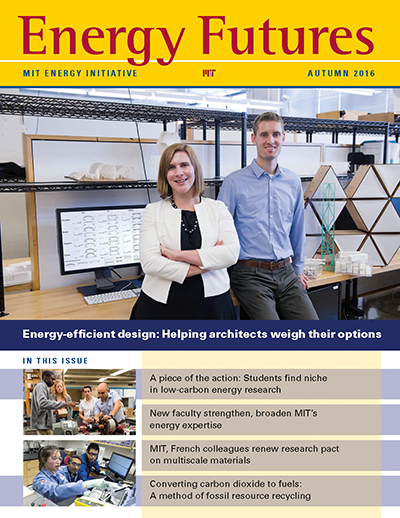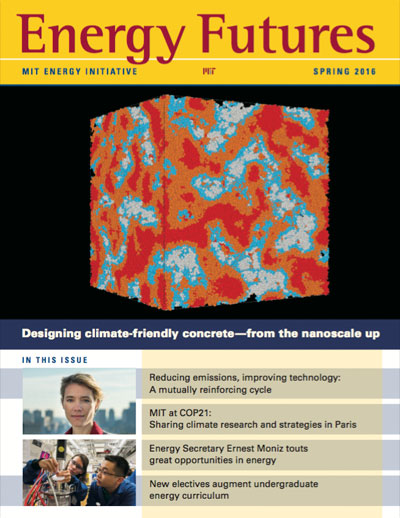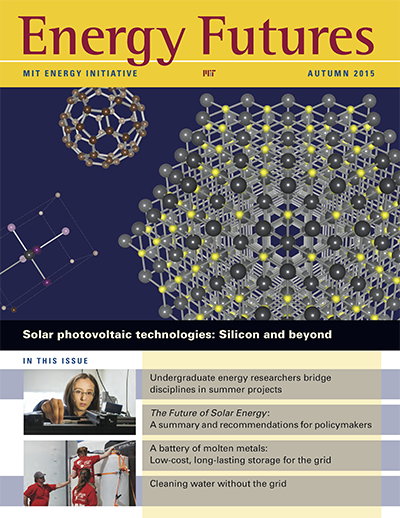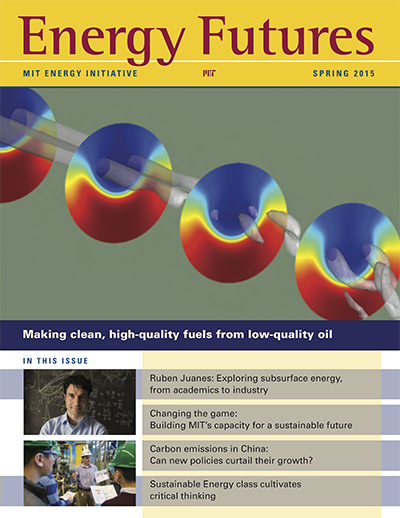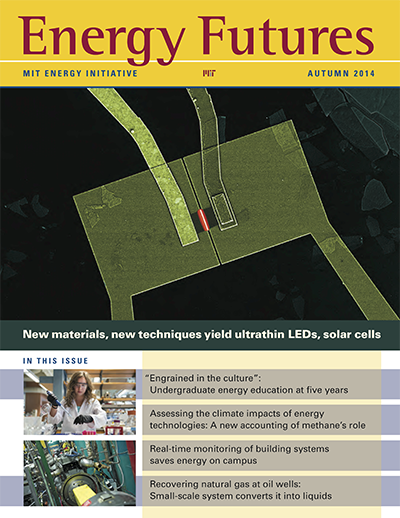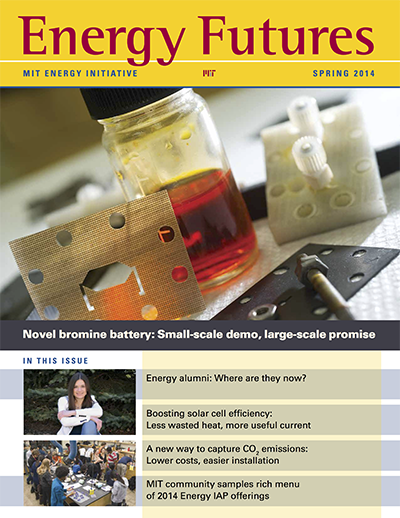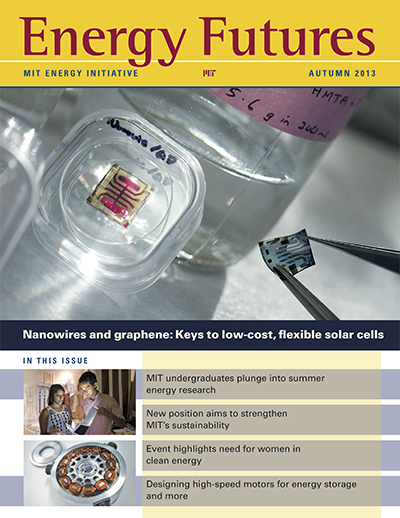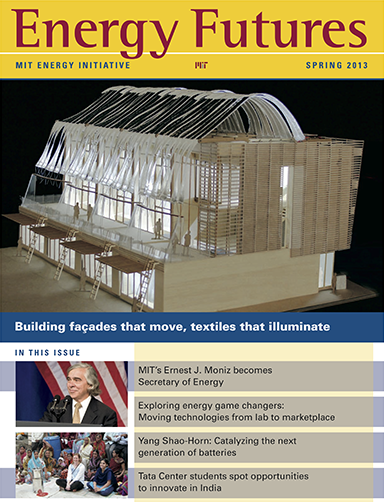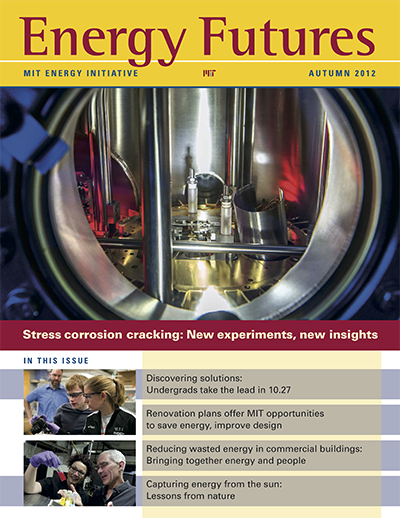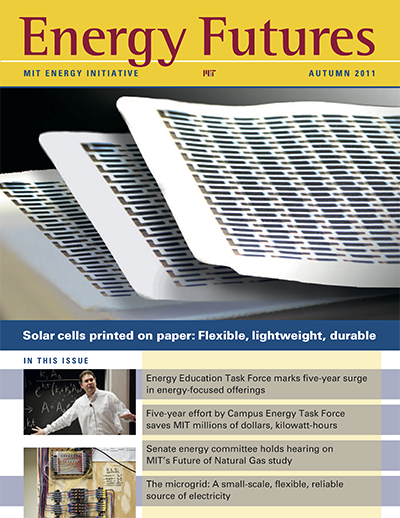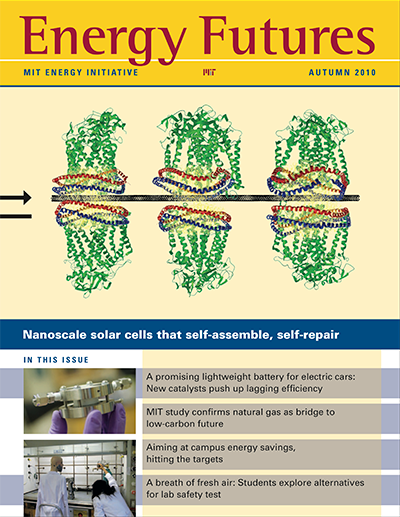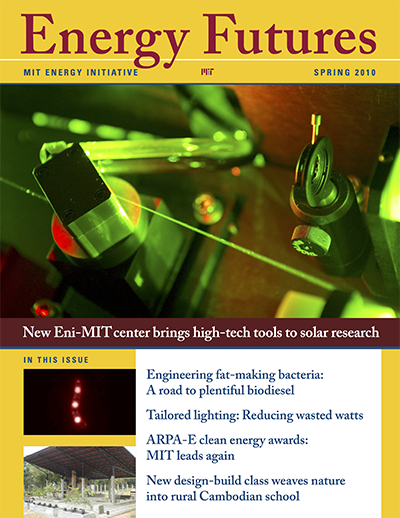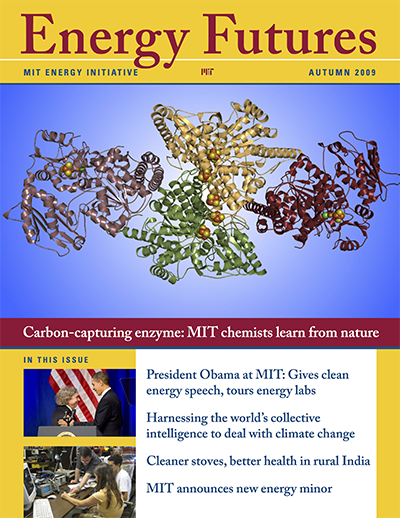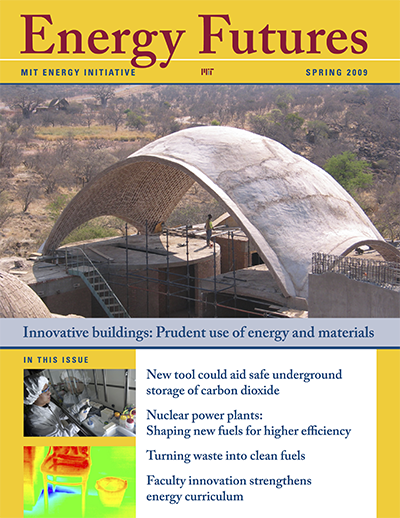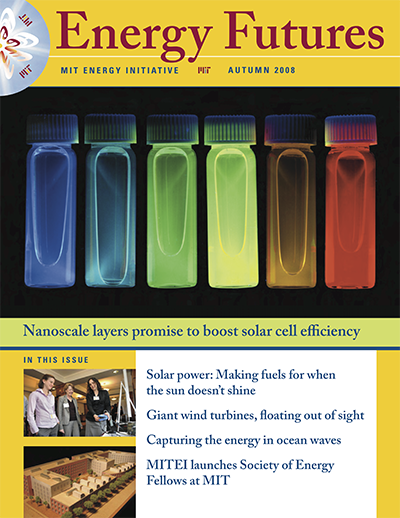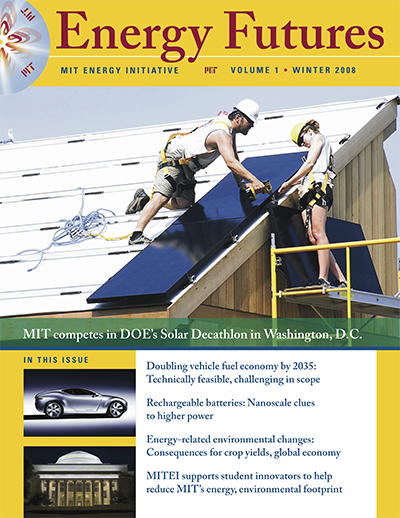Letter from the director
Dear friends,
Since the momentous Paris Agreement was reached by 196 parties at the United Nations Climate Change Conference (COP21) in December 2015, a dual narrative of immense possibilities and daunting challenges has emerged.
Certainly, the Paris Agreement represents a turning point. COP21 and the resulting agreement have focused a global spotlight on the urgent need for climate action and on the monumental achievement of reaching consensus among nations with incredibly diverse energy, development, and even survival needs—as in the case of low-lying island and coastal nations and others affected by climate change–influenced natural disasters such as droughts and floods.
At the same time, the agreement itself does not fully address the vast scope of the climate challenge. As MIT Professor Jessika Trancik noted at a post-COP21 event hosted by the MIT Joint Program on the Science and Policy of Global Change, “The emissions reduction commitments that have been pledged are not sufficient for the task at hand, but if implemented, they promise to drive significant amounts of technological innovation.”
Technological innovation is indeed a linchpin of the global effort to mitigate climate change, and programs and policies that further the development of low-carbon energy technologies are equally crucial. US Secretary of Energy Ernest Moniz drove this point home in his keynote address at the MIT Energy Conference, where he discussed the multinational Mission Innovation effort announced at COP21 to accelerate global clean energy innovation. Following the keynote, I was delighted to have a fireside chat with Secretary Moniz at the conference to discuss how his perspectives and experiences as MITEI’s founding director have shaped his approach to policymaking.
In this issue of Energy Futures, we focus on promising research, education, and policy efforts at MIT geared toward addressing climate change. We also include a special section on the MIT community’s involvement in COP21.
Integral to MITEI’s involvement in these efforts is the development of eight Low-Carbon Energy Centers, which seek to catalyze technology innovation in key areas through collaborative research with industry, government, and others. Five of the centers now have named faculty co-directors, and MITEI’s newest member, national energy provider Exelon, plans to conduct research through multiple centers.
Two related system studies that are important to the adoption and deployment of low-carbon energy technologies are also under way. The Utility of the Future study uses modeling and analytical tools to evaluate regulatory frameworks for the evolution of the power sector worldwide. The study is a collaboration between MITEI and IIT-Comillas, with a consortium of industry members. The final report will be released in fall 2016.
The other study, Mobility of the Future—launched this spring—convenes an MIT study team and industry consortium to examine how aspects of transportation, from technologies to business models and policies, will shape the future landscape of mobility. One of the study participants, MIT Professor John Heywood, has studied these issues for decades. His latest report, On the Road toward 2050: Potential for Substantial Reductions in Light-Duty Vehicle Energy Use and Greenhouse Gas Emissions, presents findings from about 20 research projects in recent years.
Our faculty and researchers have been investigating climate and energy solutions from all angles, from analysis of how emissions-control regulations affect the formation of fine particulate pollution to unlocking the secrets of concrete’s structure and examining how it could be refined to be less carbon-intensive.
MITEI also recently announced our 2016 Seed Fund awards to nine promising early-stage MIT faculty research projects in areas including fuel cells, solar-powered water desalination, and impacts of electric vehicle charging on the power grid. Previously funded projects have led to published research, sponsored research at MIT, federal research funding, and the formation of new clean energy companies.
Among recent developments in energy education at MIT, three new and expanded electives have been launched as part of the undergraduate energy curriculum. Programs such as the Energy Studies Minor, the Energy Undergraduate Research Opportunities Program, and the graduate MIT Energy Fellows program have continued preparing future energy leaders; read stories from recent energy minor alumni.
Expanding student opportunities is one of the core goals of MIT’s Environmental Solutions Initiative (ESI) and its recently appointed director, John Fernandez, professor of building technology. As noted in his profile, Fernandez and his colleagues in ESI and across campus are currently working toward the creation of an environment and sustainability minor for undergraduates. MIT is growing its energy and sustainability education programs as well as research activities every day, and we at MITEI look forward to collaborating closely with ESI and others on campus dedicated to these issues in the coming years.
Over the past several months, we have been fortunate to host world-class guest speakers, including US Department of Energy Assistant Secretary for Energy Efficiency and Renewable Energy David Danielson PhD ’07, Stanford University Precourt Institute Co-director Sally Benson, Environmental Defense Fund President Fred Krupp, Nuclear Energy Agency Director-General William Magwood, Exelon Chairman Emeritus John Rowe, and other energy leaders. MITEI also brought a group of faculty members to IHS Energy CERAWeek in February, where they discussed their research toward a low-carbon energy future.
I always enjoy connecting with Energy Futures readers at events, and I look forward to seeing many of you in the future. We at MITEI are sincerely grateful for our readers’ and partners’ interest and support as we continue advancing research, education, and outreach to help transform the world’s energy systems.

Professor Robert C. Armstrong
MITEI Director
